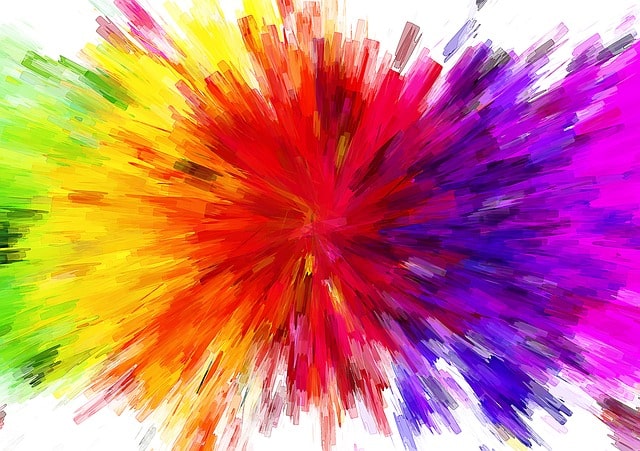
A secondary color is formed from the combination of two primary colors in equal proportions.
The sensation generated by light rays when they reach the organs of sight is called color . The wavelength of these rays is what determines the characteristics of the sensation in question.
The secondary adjective , on the other hand, allows you to qualify that which is a consequence or a derivation of the main thing. In an order, the secondary appears in a second place.
Secondary color concept
To understand what a secondary color is, you must first keep in mind that colors are classified differently. A primary or primitive color is called, in this framework, one that cannot be obtained by mixing other tones .
A secondary color , on the other hand, is generated from the combination of two primary colors in equal proportions . When a primary color is mixed with a secondary color, eventually a tertiary color emerges.
Before moving forward with the definition, we must highlight that there are various coloration models . Depending on one scheme or another, different primary colors are postulated, which also changes the set of secondary colors.

The determination of the set of secondary colors depends on the coloration model considered.
The RGB model
One of the best-known coloring models is called RGB after the English terms red , green and blue ; that is, red, green and blue. These three shades constitute the primary colors that, through additive synthesis , produce the secondary colors.
In this way, adding two of these primary colors creates a secondary color. This additive model indicates that the combination of green and blue results in cyan ; The sum of red and blue results in magenta ; and the addition of red and green makes it possible to obtain yellow . Cyan, magenta and yellow, then, are secondary colors.
Secondary colors and subtractive synthesis
The English words cyan , magenta , yellow and key make up the CMYK model, which uses subtractive synthesis . In this case, the mixtures result in colors that, while reflecting certain wavelengths, absorb others.
Thus, secondary colors can be mentioned such as blue (fusion of magenta and cyan), green (cyan and yellow) and red (yellow and magenta), for example .
Traditional coloring
The traditional coloring model is considered to be the one mentioned as RYB ( red , yellow and blue ). This standard considers red, yellow and blue as primary colors.
The combination of these tones makes it possible to create secondary colors. In this context , we find violet (red and blue), orange (yellow and red) and green (blue and yellow).
If we analyze this model, in short, we can see that it includes three primary colors (blue, yellow and red). These are pure colors, which are not born from the mixture of others but rather the others are derived from them. There are also three secondary colors (green, orange and violet), produced by combining two primary colors in equal parts. A primary color plus a secondary color finally forms a tertiary color .
